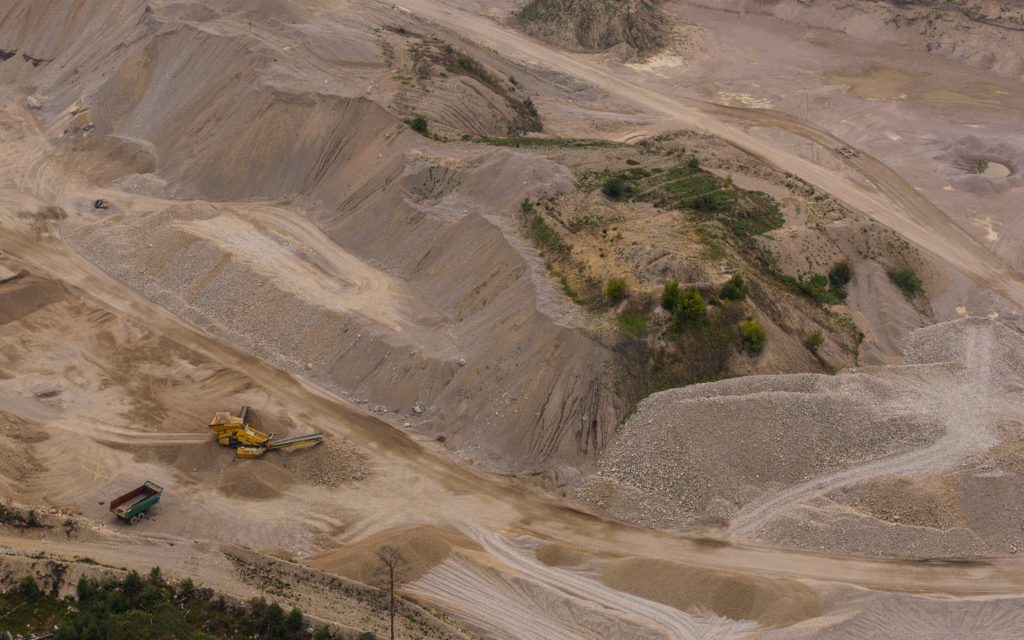
Earth Overshoot Day marks the date when humankind’s demand for ecological resources and services in a given year exceeds what our planet can regenerate in that year. The deficit for the remainder of the year means we are liquidating stocks of ecological resources and accumulating waste, primarily carbon dioxide in the atmosphere.
This year, Earth Overshoot Day fell on August 1, the earliest date ever. Essentially, we are using the equivalent of 1.7 Earths to go about our business as usual.
The date is determined by calculating the number of days in a given year that Earth’s biocapacity suffices to provide for our ecological footprint. The remainder of the year corresponds to global overshoot.
Earth Overshoot Day was conceived in 2006 by the New Economics Foundation in partnership with the Global Footprint Network. That first year, Earth Overshoot Day fell in October. So, things have gotten much worse over just the past decade.
The main factors driving our overuse of the planet’s resources are our growing energy consumption, the gap between water supply and demand, and our consumption of minerals, ores, fuels and biomass. It is essential that we greatly improve our efficiency in all of these areas.
There are many ways to move Earth Overshoot Day forward. For example, it is estimated that we could move the date up by 21 days if existing buildings, industrial processes and electricity production assets were retrofitted using existing active energy management and renewable technologies
One hears the term sustainability all the time. Earth Overshoot Day quantifies just how far from sustainable our way of life has become. We can’t ignore it because, like it or not, we live in a world of finite resources.
**********
Web Links
Photo, posted September 20, 2014, courtesy of Arild via Flickr.
‘The Earliest Earth Overshoot Day Ever’ from Earth Wise is a production of WAMC Northeast Public Radio.
Leave a Reply